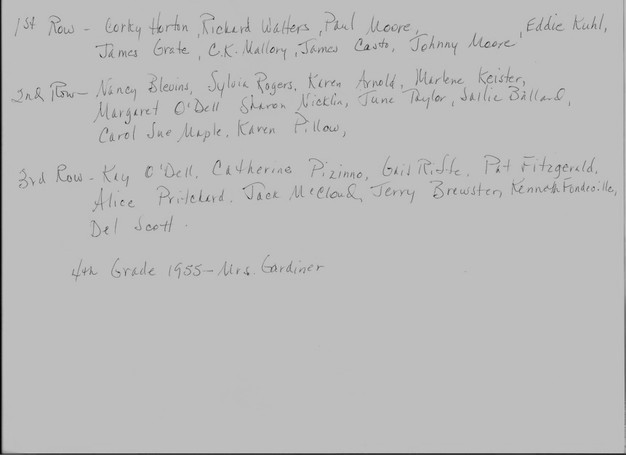
Teachers should help students organize their journals from the beginning. Frequent look-backs and corresponding reflections might provide those aha moments at certain junctures. Topic development prompts: If there is a specific content focus, such as understanding fractions or solving equations, a journal might be a record of how students developed their understanding. In reflections, the student might analyze how that solution worked, consider other approaches, and make suggestions for tackling future problems.

Problem-solving notebook prompts: A student might work through a mathematical situation and write about the strategy. Prompts can lead a student to analyze successes and challenges, draw parallels or find differences, and make recommendations for modifications. Reflective prompts: These help students think critically about what they are learning, providing opportunities to synthesize learning and address unanswered questions. In my home state of Louisiana, we call that lagniappe, a Cajun word that means an extra or unexpected bonus or gift. An early elementary child who is working addition problems may reveal that they know the fundamentals of multiplication as they illustrate several groups of the same number of items. Math journals sometimes reveal unplanned learning insights. This can help with accessibility by making strategies explicit. In addition, students have to try to communicate mathematical ideas effectively and use mathematical language correctly and precisely. Discussions, either in pairs or in small groups, can introduce new ideas and encourage students to evaluate strategies-their own and those of others. Sharing solutions with other students by talking about or sharing journal entries can be less intimidating than impromptu explanations in front of the whole class. They can reference earlier work in the journal and revisit similar tasks to internalize and refine knowledge of problem-solving. Students begin to make connections across mathematical ideas, see and use a variety of strategies, monitor and reflect on processes, and understand and use multiple representations. Nonverbal and nontechnical expression with drawings or diagrams provides additional access to understanding content.Ĭonsequently, journals can promote initiative and confidence, which we know are gateways to learning.Įach entry helps organize and clarify thinking processes for deciphering mathematical situations. A math journal offers opportunities for a student to try out, explore, and express ideas as solutions evolve. Similarly, with journaling, the process may reveal something about what students know, even before they recognize and own that knowledge base.Īs teachers, we know that students vary in prior knowledge and in how they best engage in mathematics. When you pull and unwind a streamer, little trinkets fall out. I think of it as being like a child unwrapping one of those holiday balls made of crepe-paper streamers. Math journals can be used in early grades through grade 12, once students have developed sufficient writing and drawing skills. It is a record of personal experience showing what a student tried, what worked and what didn’t, what practices should be continued, and what improvements a student should focus on going forward. The log records not only important ideas related to content but also thoughts about the learning itself.

Typically, journals show evidence of a student’s learning processes and reflections. The journal is a work in progress, without expectation of perfection on every page. For example, a student can work a problem or draw a diagram with tablet tools and then take a photo to include it in their journal. If a classroom is completely digital, technology can be used to create the journals. Ideas might also be expressed with illustrations, diagrams and charts, bulleted lists, and other visuals.

Pages can include written reflections and explanations. Math journals (or logs-you can use the terms interchangeably) can look a little different from those used in other subjects. You may recall learning logs in English and humanities or lab notebooks in science. You might be surprised, however, to see how effective they can be in a classroom where numbers rule. Many parents and teachers are familiar with these tools in other subjects.


 0 kommentar(er)
0 kommentar(er)
